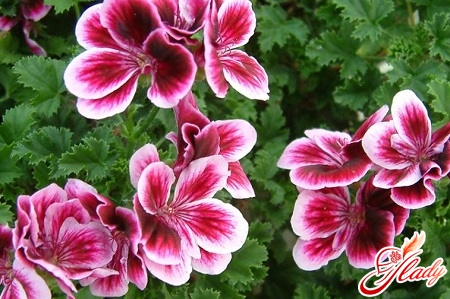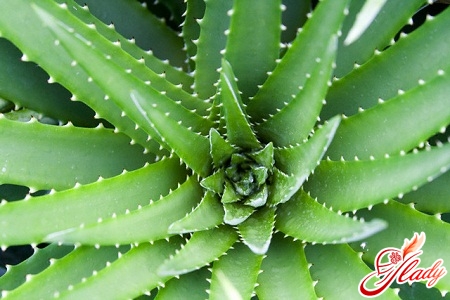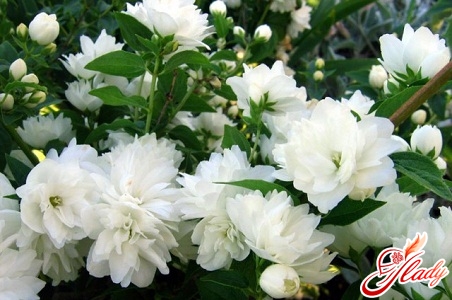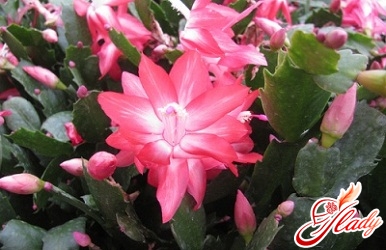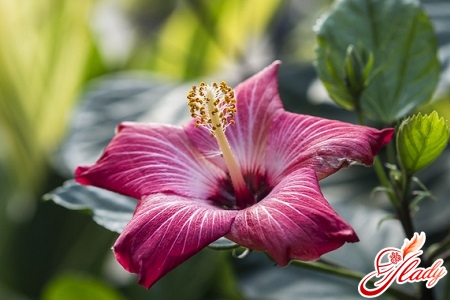 House plants today are not justsubject of enthusiasm, but also one of the tools of interior design. However, we did not come up with the idea of decorating our homes with green bushes, trees and vines. Just before, we did it intuitively, on the principle of "like - do not like". Today even interior design professionals use home flowers as an additional decoration, considering both the shape and size of the flowers. But many still trust their intuition and their taste. Someone gives preference to miniature flowering bushes that fit on the windowsill, someone takes pleasure in contemplating thorny cactuses, and someone decorates their home with almost real trees. And if this tree also blooms ... That's about such a green pet that grows to the size of a miniature tree and pleases its owners with a lush crown and gorgeous flowers, we'll talk with you. This is hibiscus, known to many as a Chinese rose. What is this plant? Is it difficult to grow it at home? What kind of care does he need? How to achieve constant flowering? Let's figure it out.
House plants today are not justsubject of enthusiasm, but also one of the tools of interior design. However, we did not come up with the idea of decorating our homes with green bushes, trees and vines. Just before, we did it intuitively, on the principle of "like - do not like". Today even interior design professionals use home flowers as an additional decoration, considering both the shape and size of the flowers. But many still trust their intuition and their taste. Someone gives preference to miniature flowering bushes that fit on the windowsill, someone takes pleasure in contemplating thorny cactuses, and someone decorates their home with almost real trees. And if this tree also blooms ... That's about such a green pet that grows to the size of a miniature tree and pleases its owners with a lush crown and gorgeous flowers, we'll talk with you. This is hibiscus, known to many as a Chinese rose. What is this plant? Is it difficult to grow it at home? What kind of care does he need? How to achieve constant flowering? Let's figure it out.
Botanical portrait
In fact, as a whole, hibiscus does not have rosesno relation. It is an evergreen shrub of the Malvian family, which can reach a height of three meters. However, low-growing varieties of this species are common in indoor floriculture. In the wild, hibiscus grows in Southeast Asia, the Pacific Islands, the Transcaucasus, the Crimea, Kazakhstan, Western Europe, southern Ukraine, and the Russian Far East. And in indoor floriculture, a species known as a Chinese rose is common. As the name implies, this kind of hibiscus comes from China and Indochina. And in Malaysia, he is generally recognized as a national symbol and even depicted on coins. By the way, Malaysian hibiscus is called Bungaraya. Hibiscus rosa-sinensis is a perennial evergreen erect bush with lignified stems and a chic dark green crown. Even without flowers, it retains a decorative appearance, and in the flowering period it becomes simply irresistible. His flowers are big, if not huge, and can reach sixteen centimeters in diameter. Initially, the Chinese rose was represented by a few species with red flowers, distinguishing only in size and shades. Today, thanks to the efforts of breeders, about three hundred varieties of this species are known with flowers of various shapes and colors. There are among them plants with simple, double and semi-double colors. There are varieties with flowers of different shades of red - from pink to purple. And there are plants with yellow, white and even lilac flowers. There are varieties with flowers unusual for hibiscus coloration - a dark spot at the base of the petals. And even some varieties of Chinese roses are unusually decorative, even leaves that have white, red or cream spots or strokes on a dark green background. In short, the Chinese rose deservedly enjoys success in indoor and greenhouse floriculture. Therefore, the fans of this spectacular houseplant are becoming more and more. And, of course, new owners have quite legitimate questions about the content of the Chinese rose at home. What should be the care of this plant? 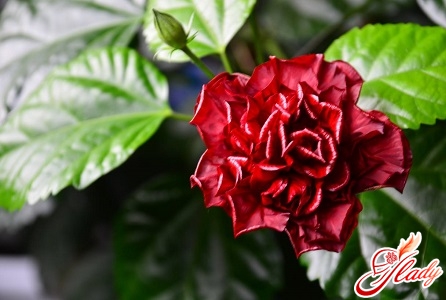
Care and maintenance
Care for this indoor flower does not deliverspecial hassle. Chinese rose refers to heat and light-loving plants. Therefore, it should be grown in a room with bright, but diffuse lighting, since direct sunlight can cause burns of tender leaves. In the warm season, the plant can be kept outdoors by moving the flower pot to the veranda, the loggia or to the garden. In fact, the Chinese rose is considered a rather unpretentious domestic plant, which requires minimal care. However, for its successful cultivation and periodic flowering it is necessary to observe a number of rules.
- Watering
A special regime for watering this plant is notit takes. The only thing that needs to be followed is the timeliness and intensity of watering. In the active period (spring and summer), this houseplant is watered abundantly, seeking wetting the entire earth coma. It is not permissible to dry the soil in the pot, which can lead to the dropping of buds and wilting of flowers. The frequency of watering depends on the size of the plant and the volume of the flower pot. Young plants need to be watered more often, as the soil in relatively small pots dries more quickly. In winter, the plant passes to the stage of rest and care for it reduces to maintaining the temperature regime and moderate watering. Water the hibiscus with settled or filtered water at room temperature. At the beginning of flowering, the water for irrigation must be warm, and during the flowering of the Chinese rose, additional spraying is also required. It is desirable to spray the plant also in the case when the air in the room is dry - the hot season and the heating season.
- Additional fertilizing
Proper care for domestic plantsimplies their periodic feeding. Feed the Chinese rose with aqueous solutions of complex mineral fertilizers. During vegetation and budding, it is appropriate to fertilize fertilizers for flowering plants. Dosage and periodicity of fertilization is calculated in accordance with the instructions for specific preparations. But it is also useful to fertilize hibiscus and home remedies. Experienced growers recommend using faint sugar solutions and bloody slops as a top dressing. For the preparation of sugar top dressing, dissolve half a teaspoon in a glass of water and fertilize the plant about once every two weeks. For organic blood feeding use the remaining liquid after the thawing of meat or water, in which fresh meat is washed.
- Transplant and trimming
The Chinese rose needs a periodictransplantation, which is carried out in the spring. For the transplant take a larger pot and prepare a new soil mix consisting of four parts of a turf ground, three parts of deciduous land, one part of humus and one part of sand. It is also permissible to transplant by transshipment method, in which the plant is moved to a new pot together with an earthen lump. Empty space in the pot is filled with prepared soil and compacted. The older the flower, the less often it is transplanted, but at the same time the soil is renewed every year in the pot, removing its top layer and pouring fresh soil. After transplantation, hibiscus must be cut off. At the same time, all the branches are shortened, and the shoots that are very stretched are cut off by one third. Such pruning promotes the appearance of young shoots, on which then buds appear. If the Chinese rose is not cut, then it will not bloom, since flower buds are laid on young shoots.
Reproduction
Home hibiscus can be propagated by cuttings orseeds. However, in indoor floriculture, the vegetative mode of reproduction is most often used, since seed propagation is more appropriate for selection work. For the propagation of the rose cuttings use green, neodrevesnevshie shoots, which are cut in the middle and late summer. The apical cuttings are taken only from shoots of a new growth. Each cut cut should have two or three interstices (leaf growth points). Leaves from the cut off shoots are removed, and the cuttings are rooted in a mini-greenhouse. To do this, the cutting is planted in a light, loose substrate and covered with a small transparent container - a glass jar, a plastic container or a cellophane bag. From the moment of planting to the appearance of roots, it usually takes about a month. Rooted cuttings are transplanted into small flower pots with a diameter of seven to nine centimeters. The earth around the seedlings is compacted, and the plant is watered with warm water. In the process of growth and development of a young plant, the tops of its lateral shoots are plucked, which contributes to the formation of a lush crown and early flowering of hibiscus. A year later the young plant is transplanted into a new pot. 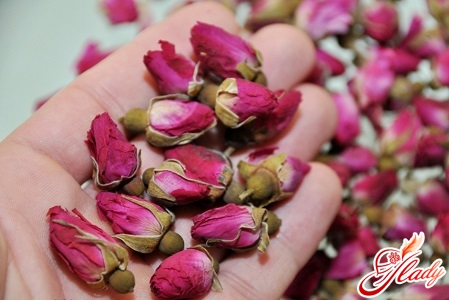
Errors in care
The Chinese rose is considered a simple plant,which is rarely sick and pests. However, it is incorrect care that often causes some diseases and the appearance of such pests as spider mites, aphids, whitefly and felts. From parasites get rid of the traditional way to care for domestic plants way. Leaves and stems are washed with a soap solution or tobacco infusion and treated with special insecticides. In case of severe damage, it is also recommended to transplant a Chinese rose into a fresh soil mixture. Burned by the sun, the leaves are wiped with a weak solution of sugar syrup. By the way, this procedure not only contributes to the restoration of the plant, but can also be used as a method of foliar dressing. In general, if caring for a Chinese rose is right, then she will live at least twenty years and all this time will please you with her miraculous bloom. Good luck!




